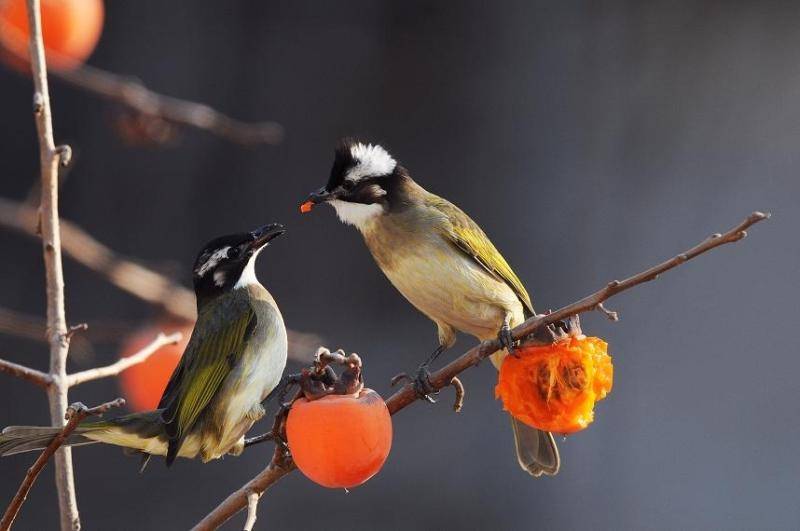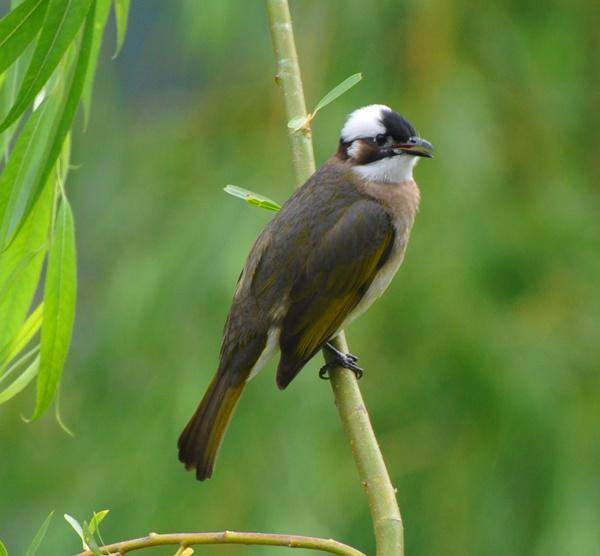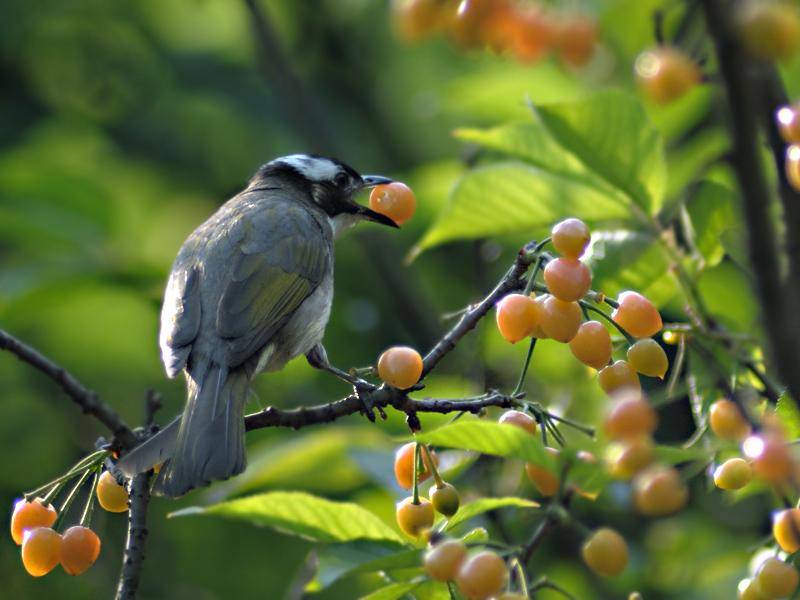The alias of Pulsatilla is: Bulbul and white headed woman. With a body length of about 18 cm, it is a common bird in most areas south of the Yangtze River. It is mostly found in plains or hilly shrubs and coniferous forests. He is lively and not afraid of people. Its calls are not uniform and diverse.

Pulsatilla is an omnivorous animal, so if you want to raise it, you don’t have to worry about the feeding type. It can eat both animal food and plant food. Animal food: insects and larvae of walking insects, nasal beetles, locusts, mosquitoes, cicadas, snakes, bees, Golden Flower beetles, golden turtle beetles, night moths, etc; Invertebrates such as ticks and spiders; Plant food: fruits and seeds of mulberry, privet, neem cherry, grape, cabbage, camphor, plum, wild hawthorn, Weimao, etc.
For the young birds raising Pulsatilla, it is suggested to find the wild ones with good physique, handsome appearance and beautiful temperament.
① First prepare a strong box and a soft cloth.

② Find out the nest of the Pulsatilla in advance. From 6:00 to 7:00 in the morning and from 5:00 to 6:00 in the afternoon, it is easy to harvest in parks or fields with more bushes and shrubs. If you see an adult bird with food but no stomach, you can follow it. Don’t disturb it. Stop it. If you find that the insect is gone, go and have a look. At this time, an adult bird chirps a warning sound, and you’ll find it. It’s best not to affect their breeding. Just take a boss away (the longest feather tube is usually)
③ After taking the baby bird home, gently put it on the soft cloth in the box, and cover it at night.
④ Its feed can be loach mud, vegetable leaves and cucumber grains, diluted with some water, and fed with a small spoon. It needs to be fed every more than an hour in the first week. Before each feeding, it can gently tap the edge of the nest or other sounds to remind it that it can eat. After feeding, it is necessary to check its fecal excretion, clean the nest in time, keep it clean and hygienic, and feed them water on cotton swabs from time to time every day.

⑤ Young birds can grow quickly when the nutritional supply can keep up, and they can be fed in cages in about a week and a half. The feed does not need to be too refined, nor does it need to add calcium tablets. It can’t be absorbed temporarily. The feeding amount also needs to be controlled. It can’t be too much at a time, so it needs to be fed frequently and less. Note: birds without 20 days can’t always touch with their hands. Their resistance during this period is not strong enough. They are easy to infect and don’t blow.

